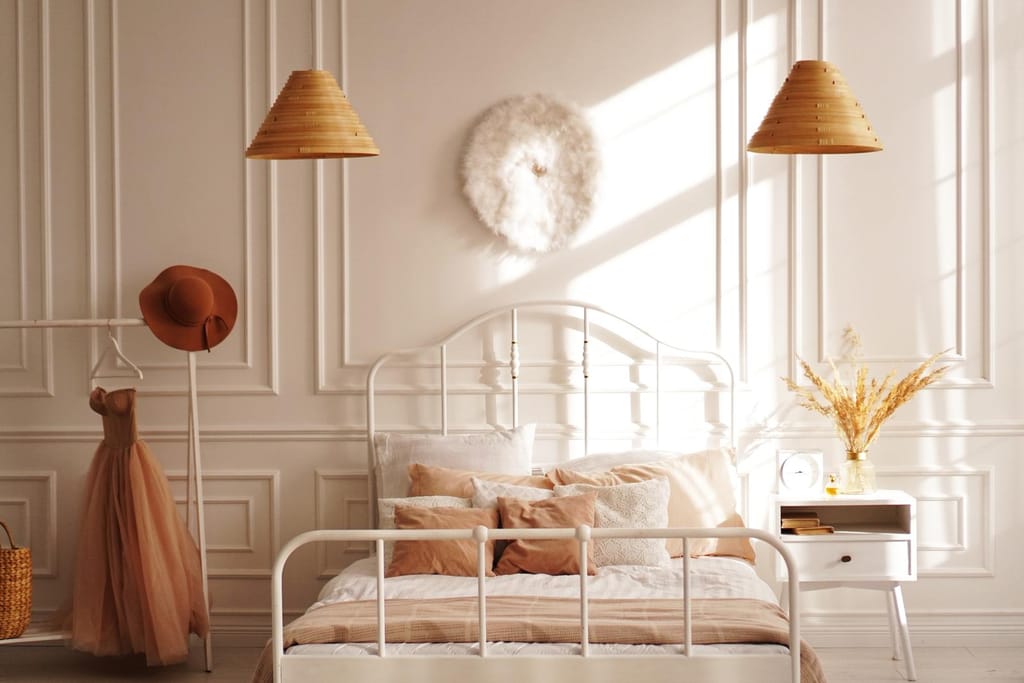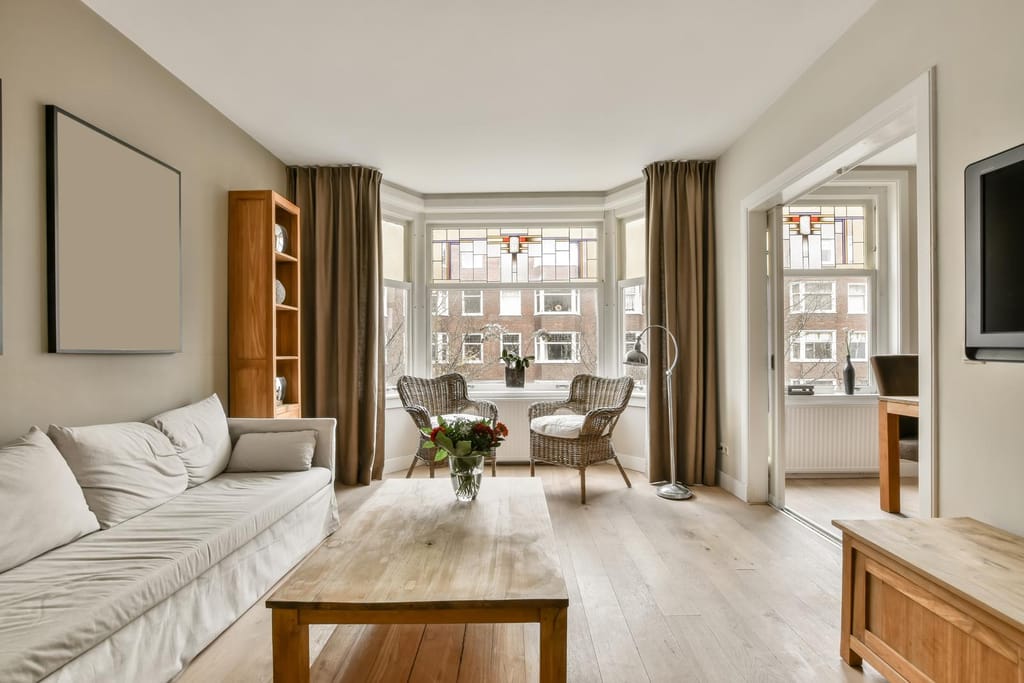What is Scandinavian style in interior decor?
Scandinavian interior design is a style of interior design that originated in the Nordic countries of Sweden, Finland, Norway, and Denmark. It is characterized by a minimalist approach and uses natural materials such as wood, stone, and wool to create an airy and cheerful space. Using light colors, warm tones, and simple furniture creates a cozy and inviting atmosphere. Scandinavian interior design often incorporates elements of nature, such as plants, to create a more organic feel. This style of design has become increasingly popular in recent years due to its modern, minimalist aesthetic and focus on creating a comfortable and inviting home.
Elements
Scandinavian interior design is a popular style of home decor that has become increasingly popular in recent years. Minimalism, simplicity, and functionality characterize this style. It draws inspiration from the natural environment of the Scandinavian region. The elements of Scandinavian interior design draw upon the traditional and contemporary elements of the area, creating a timeless yet modern aesthetic.
The key elements of Scandinavian interior design are light, natural materials, and neutral colors. Natural light is an important element of Scandinavian design, with large windows and light-colored walls to maximize daylight. Natural materials such as wood, stone, and wool are frequently used, creating a warm and inviting atmosphere. Neutral colors such as white, black, beige, and gray are dominant in Scandinavian design, creating a sense of harmony and balance.
Furniture is typically clean-lined and minimalist, emphasizing the concept of functionality. Pieces are often made of natural materials, such as wood, and are kept to a minimum. There is an emphasis on comfort, with plenty of pillows, throws, and blankets for coziness.
Accessories such as artwork and textiles are used to add character and depth to the space. Artwork typically features nature-inspired designs, and textiles are often made from natural fibers such as wool or linen.

Tips
Start with color. Scandinavian design often features a muted color palette, often combining whites, grays, and beiges. Choose a warm neutral as your base color and add pops of color, such as blues and greens, sparingly.
Choose simple lines. Scandinavian design is recognized for its emphasis on simplicity and functionality. Opt for furniture with straight lines and minimal ornamentation.
Use natural materials. Incorporate natural elements, such as wood, leather, and wool, into your design scheme. These materials give the room a warm and inviting atmosphere.
Incorporate geometric shapes. Geometric shapes are a key element of this type of design, so look for furniture and accessories with geometric shapes for an added touch of modernity.
Add personality with textiles. Textiles are an essential part of this trend of design, so be on the lookout for items with graphic patterns, like stripes and chevrons, to add visual interest to your space.
Let the light in. Maximize the natural light in your space by keeping window treatments light and airy. Opt for sheer curtains or Roman shades for a more modern look.
Incorporate plants. Plants add life and texture to any space. Choose plants with a Scandinavian feel, such as ferns, ivy, and succulents.

Breaking the Bank
If you’re looking to incorporate the timeless style of Scandinavian design into your home without breaking the bank, there are a few key strategies to keep in mind.
Start with basics such as furniture, rugs, and lighting. Invest in pieces that are timeless and made of natural materials such as wood, leather, or cotton. You can also find great deals on secondhand furniture that still has plenty of life left in it. Next, use color wisely. We recognize Scandinavian design for its neutral color palette. Incorporate this look by painting your walls in light shades of gray, white, or beige. You can also add pops of color with art, pillows, and other decorative items. Finally, don’t forget the minor details. Look for insignificant items that add texture, such as woven baskets, wooden bowls, and ceramic vases. Youcan often find these items for a fraction of the cost of larger pieces and will give your space a more finished look.

Color and textures
The Scandinavian style is known for its use of soft textures, muted colors, and natural materials. Color palettes are often limited to whites, grays, and earth tones, and metal accents are used to add a modern touch. Textures play an important role in this style of interior design, as they provide a subtle contrast to the clean lines of the furniture. Common textures used in Scandinavian interior design include wood, wool, cotton, linen, leather, and metal.
Color palettes in Scandinavian interior design often feature a range of light, neutral colors, including whites, creams, grays, and beiges. You can often complement these colors with shades of blue, green, and yellow. A muted, monochromatic color palette can also create a calming atmosphere. Metallics, such as silver and gold, can be incorporated to add a touch of glamour.
Textures are used to create a cozy and inviting atmosphere, and are often used to add character and depth to a room. Popular textures include wood, wool, cotton, linen, leather, and metal. Wood is often used to create furniture, flooring, and wall panels, while you can use wool and cotton for the rugs and throws. Linen is a popular choice for curtains and upholstery, with leather and metal for accents. By combining subtle hues and tactile materials, this style creates a tranquil and inviting atmosphere.

Conclusion
Scandinavian interior design is a style of modern design that incorporates minimalism, natural materials, and light colors. Its focus is on creating a relaxed, comfortable atmosphere that is both functional and aesthetically pleasing. By combining clean lines, natural materials, and light colors, this style of interior design creates a timeless aesthetic that can be enjoyed for years to come.
Reference
- Design Studio 210. (2022, December 30). What is Scandinavian Interior Design Style? (2023 Guide). Interior Design Blog | Design Studio 210. https://www.designstudio210.com/interior-spaces/scandinavian-interior-design/scandinavian-interior-design/
- Jones, N., & Jones, N. (2022, November 13). Scandinavian Interior Design: Everything You Need to Know. Houszed. https://www.houszed.com/scandinavian-interior-design/
- What Is Scandinavian Interior Design? 8 Key Principles to Follow. (2022, July 22). Better Homes & Gardens. https://www.bhg.com/decorating/decorating-style/scandinavian-interior-design/